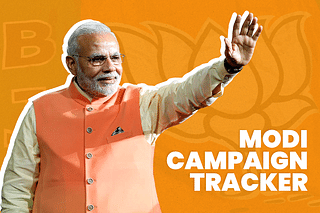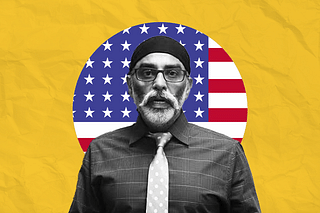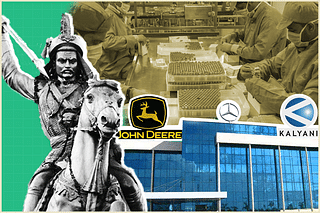Culture
Diving Into The Lives Of The Urban Poor
Book Excerpts
Jul 15, 2017, 03:44 PM | Updated 03:44 PM IST
Save & read from anywhere!
Bookmark stories for easy access on any device or the Swarajya app.
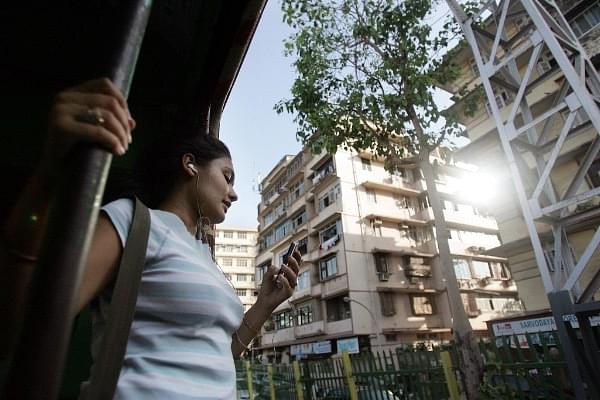
All growth comes at a cost and the scales are directly proportional more often than not. Every generation of people, irrespective of the economic strata they belong to, narrates tales of their struggles to the next and how the latter have it relatively easy. But do they, really?
Is the urban, gadget-wielding youth any better than their predecessors? Are their struggles any lesser? Certainly not, writes author Gayatri Jayaraman in her book ‘Who Me, Poor? How India's Youth are Living in Urban Poverty to Make It Big’. Their struggles are different and often camouflaged but in no way less painful. This and much more about the ‘new India’ that is still a work in progress.
Here is an excerpt:
When renowned contemporary artist Sudarshan Shetty, curator of the Kochi Muziris Biennale for 2016, was opening his first ever solo exhibition, it was to be the culmination of many months of work at his residency at the Kanoria Centre for the Arts in Ahmedabad. At the opening, there among the most fashionably dressed champagne-flute toting collectors and hors d’oeuvres being served on silver trays, patron Urmila Kanoria noticed a rip in Shetty’s simple cotton chequered shirt. In the middle of the rip, Shetty had inserted a safety pin to hold it together. At first, Kanoria was annoyed, thinking he was just being shabby, the typical artist lost in his work who, head in the clouds, hadn’t thought to show up neatly dressed for his own opening. Then, his diffidence hit her—Shetty had no money for a new shirt even for his own opening. That night, even as Shetty was the toast of the town, he was ‘discovered’, a new talent born, Kanoria sent out for some new clothes. Shetty reluctantly accepted them. For Kanoria, it was a lesson, she says, in how crucial it was to support artists who were immensely talented but lacked resources to work in peace and take their visions forward. It became a mission. Today, Shetty, always vocal about his days of struggle, is a world-renowned artist and one of India’s highest selling. But he is still a product of his days of lack.
“Put a pin in it, and create”
Sudarshan Shetty, 55, Contemporary Artist, Curator of Kochi Muziris Biennale 2016 …
It is perfectly natural to want to dress well, even in a time of lack. So much depends on your own trajectory, on who you want to become and what you want to do. My friend, [artist] Krishnamachari Bose, known for his flamboyant style of dressing, dressed that way even when we were struggling. Not just food, your address, clothing, you work with it to shape you. All of it is not just pressure. I won’t sit in judgement on those who invest in these things because as an artist, you realise that your work becomes a sum of your pre-requisite curiosities— your interest in fashion, in social circumstance, in poetry, in ways of seeing. This is true for any field. Your idiosyncrasies come into play. One cannot ask ‘why is he investing in an idiosyncrasy?’ It is an investment in belief and it is necessary to make that investment in your work. Money is a very subjective thing. Rs 10 when you need it urgently can be more valuable than Rs 100. The market for my work came much later. It allowed me to think bigger but I had already invested my belief in my own work by then, which is what allowed the market to come. At the time that I was not selling any work, I worked in isolation from market forces. I didn’t have any expectation. I didn’t even believe I would ever make enough sales to even own an apartment. But we became a community in our struggle, doing without, and we had a great time. We created for each other and ourselves. You invest in that stage to trace your trajectory. You know its usefulness and functionality to who you need to become. Anyone can go through a monetary struggle, the real struggle is to invest value in what you are making. I was full of doubts, but it is never about the money. Money is incidental to the act of striving for happiness. I am not saying money is not important. It allows you to scale up your work—I think differently if I am spending Rs 1,000 to create a work and Rs 10 to create a work, so it absolutely does impact how you work—but young people today are too keen on a specific kind of success. Success can be measured in various ways. For some, it means making X amount of money. For others, it means having shown at the Guggenheim. There are varying perceptions of what success is. It is making money that is measured. If we can, remember that money is a tool that no one quite fully understands: someone is always richer than you, and you are always poorer than someone else. Money for some can be an end in itself and that does not necessarily stifle creativity – some like to create in order to sell. Money becomes a part of the work. So, how do you decide what success, and correspondingly, failure is measured by? I look at what makes you happy. I have been happiest when I have found a new way of doing something. It gets followed by practical problems—where can I show it; since participation of people with my work is important, the number of people who come to my show; seeing it in the possession of a collector—there are various ways in which to extend that state of happiness that rival the origin of the idea itself. Everything is incidental to this. Even money.
The Wolf of Wall Street Paradigm & the Starving Artist Paradigm
There are two aspects to success: looking the part and living the part. The former is the Wolf of Wall Street Paradigm, the latter is the Starving Artist Paradigm. In The Wolf of Wall Street, the book, Jordan Belfort writes: “Act as if! Act as if you’re a wealthy man, rich already, and then you’ll surely become rich. Act as if you have unmatched confidence and then people will surely have confidence in you. Act as if you have unmatched experience and then people will follow your advice. And act as if you are already a tremendous success, and as sure as I stand here today—you will become successful.” Like a coach to a team, this is how we mentally psyche ourselves—the power of positivity and all of that life coachworthy stuff—to meet our goals. We are constantly told to dress for the jobs we want, except no one tells us we must do this on the salaries we have. The gap between the two is what gets typified as the ‘struggle days’—a highly romanticised period of doing without. This is what results in the Starving Artist paradigm. You can only bridge that gap and bite the very painful bullets you have to rationalise the hunger and the homelessness because you’ve romanticised the living of the pain.
In the Hindi film Dear Zindagi, directed by Gauri Shinde, the pop psychologist character played by actor Shah Rukh Khan counsels the lost millennial played by actor Alia Bhatt: “Your generation pushes itself to pick the most complicated path. It’s almost as if you feel like you have to punish yourself. Don’t make things complex, don’t keep searching for the most difficult way. It’s okay to take the simplest route to something.” Don’t let the past blackmail your future, he also adds. It rings true to a generation that is moving from a socialist hangover state and society into a liberated empowered consumerist one. Some of it is also punishing oneself for inheriting the path to a bright future.
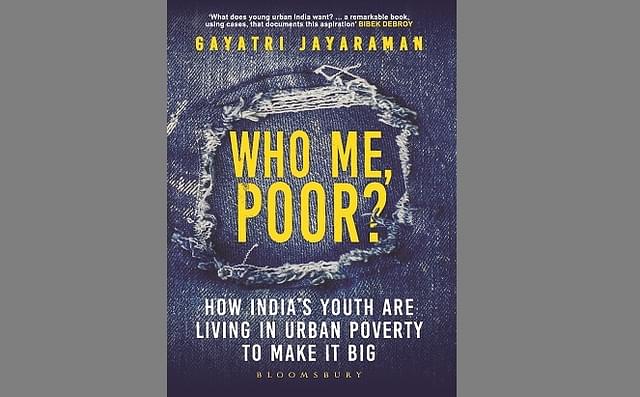
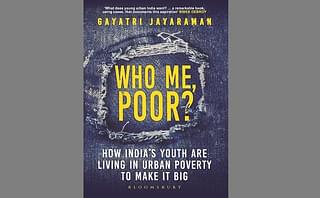
Excerpted from Who Me, Poor? How India's Youth are Living in Urban Poverty to Make it Big by Gayatri Jayaraman, Bloomsbury India, 2017, with the permission of the publisher.
Save & read from anywhere!
Bookmark stories for easy access on any device or the Swarajya app.
Introducing ElectionsHQ + 50 Ground Reports Project
The 2024 elections might seem easy to guess, but there are some important questions that shouldn't be missed.
Do freebies still sway voters? Do people prioritise infrastructure when voting? How will Punjab vote?
The answers to these questions provide great insights into where we, as a country, are headed in the years to come.
Swarajya is starting a project with an aim to do 50 solid ground stories and a smart commentary service on WhatsApp, a one-of-a-kind. We'd love your support during this election season.
Click below to contribute.

